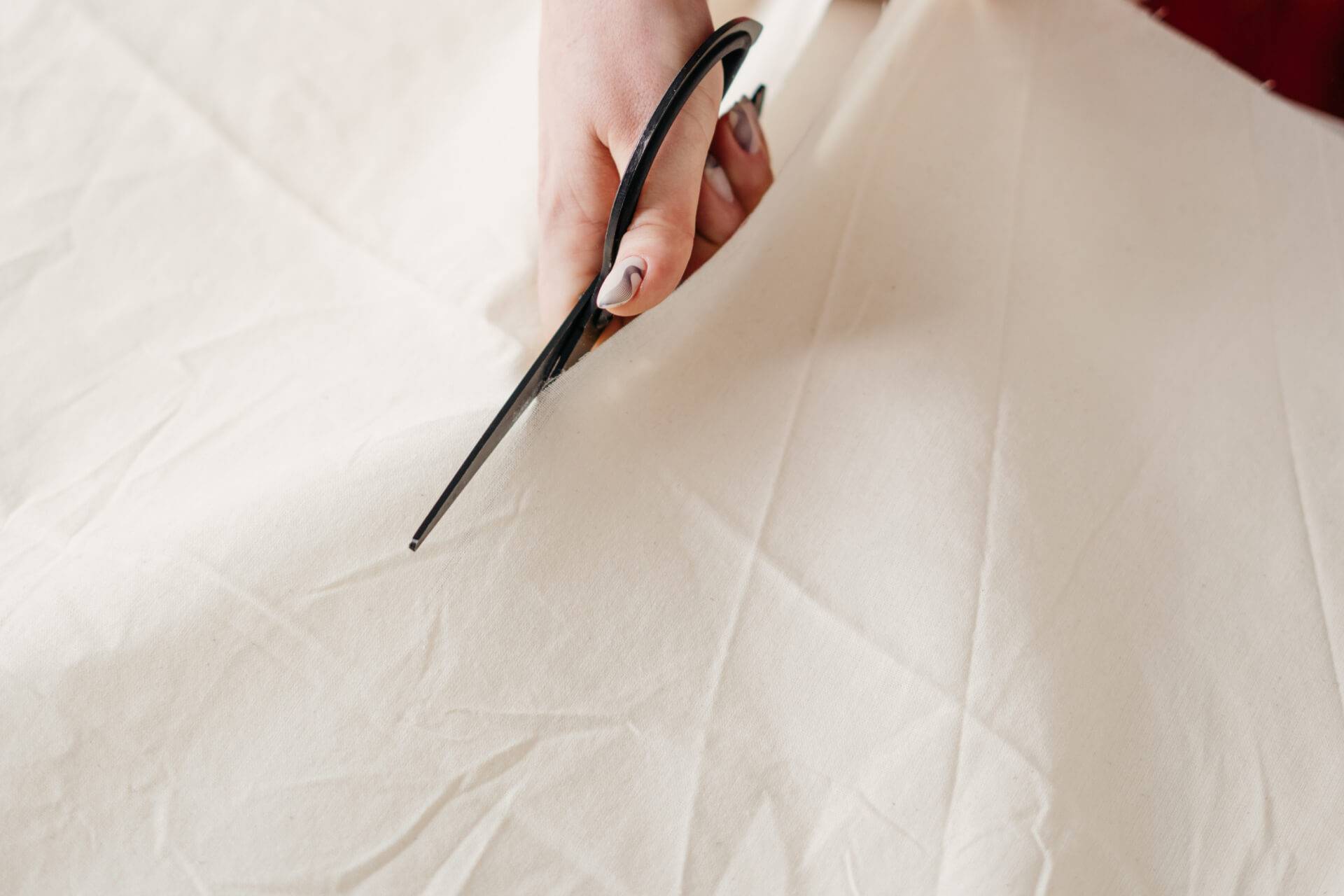
Choosing a t-shirt fit, style, sleeves, and more
When it comes to making corporeal decisions about shirt selection, there are a few clearly defined areas to keep in mind. Now, if there’s a direction that you absolutely must go in, best of luck to you. However, it may be best to stick to styles with a broader, more researched appeal.
With all the t-shirt variations out there, these are some good guidelines to consider. Please be aware that there may be some overlap in the explanations below, as these categories detail similar characteristics and fields.
1. Neckline: Just like the number of styles out there, this feature is central to cultivating a particular look. Even if the other facets of a particular garment are ideally situated relative to a particular body, getting a neckline wrong can be a deal-breaker.
2. Style: Instead of this meaning the shirt has a look fitted, tailored even, to a specific person’s body, it more means how the basic shaping of the garment drapes around the body. The garment shouldn’t result in impingements, discomforts, or restrictions in locations like the arms, shoulders, chest, or back. However, the fit can be highly subjective – as there are many styles that can call for a tighter or baggier placing.
3. Sleeve: The name for the cloth covering over the arms of a garment, sleeves come in all shapes and sizes. Depending on the particulars of a given person’s body (shoulder width, arm length, etc.) affect the overall look of a garment, this aspect is crucial.
4. Fit: What activities does a shirt allow the wearer to participate in? For example, depending on a shirt’s particulars, an occupant’s dress suitable for a sporting event might not feel comfortable dressed similarly during business casual work hours. The function of the shirt is key.
5. Fabric: The composition of a shirt is arguably the foremost factor in shirt selection for both print-on-demand merchants and their customers. If Something looks amazing, but is uncomfortable to wear – too tight, itchy, scratchy, nonfunctional, etc., they won’t get much traction with customers.
6. Dimensions: As different shirts are meant for different occasions, activities, seasons, etc., how heavy, thick, and weighty a particular fabric is makes a huge impact on when, where, and how it can be worn.


